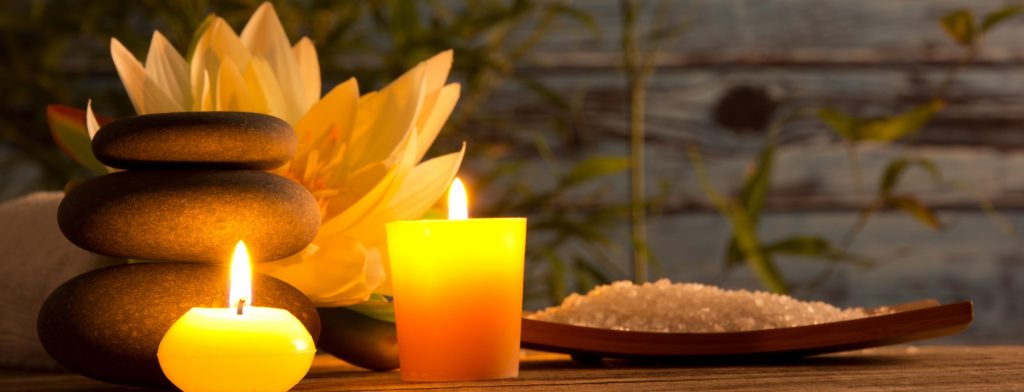What are Essential Oils?
There are more than 2,50,000 plants that have been classified as aromatic plants. Not all plants contain the essential oils that can be made available commercially. Every plant undergoes a primary and a secondary process of metabolism. The primary process of metabolism is the one that remains unaltered through the entire biological evolution.

What you should know about essential oils:
The people are raising a high demand for essential oil, and so, aromatherapy has gained a lot of popularity in the last few years. We live in the world that is very fast paced and with an overload of tonnes of information. As we know essential oils are beneficial and safe from every aspect as they are natural, most of the people tends to use it, as it is free, easy to use and does not require any recommendation for its usage. It can even deal with serious health issues and save a lot of time and money.But, nothing comes easy. It isn’t that simple as it sounds. Essential oils are derivative of nature, but they are very complex and concentrated chemical compounds. They may react differently to different people so you cannot predict their nature. It does not follow “One for all” rather focus on whether it works for you.
Purpose of essential oils:
Essential oils serve two main purpose of the plants Firstly, communication and secondly, defence. The essential oils are located in different places of the plant like secretory cells within the epidermis, secretory hair and sacs made from secretory cells. The location of the secretory oils specifies its function. For example, if the essential oils are located in the secretory hair and anything comes in contact with the plant, the essential oil is immediately discharged, which indicates that it is repelling any unwanted touch. This proves it as a defence mechanism for the plant.
If the essential oil is stored in the ducts or sacs, it protects the plant from the harmful bacterias and pests.Some essential oils serve to play an active role in pollination.
The extraction process of Essential Oil:
According to purists, there are several ways by which essential oils can be extracted. They are hydro-distillation, steam distillation or steam-hydro-distillation. The two end products of the reaction process are essential oils and hydrolysates. The other methods include expression commonly known as cold pressing that is a process do9ne for citrus fruits, Enfleurage done for delicate flowers, CO2 hypercritical extraction and solvent extraction.
The quality of the plant determines how much essential oil can be extracted from it.
Here is the list of plants and the amount of essential oil that can be extracted from them:
Rosemary: 0.02- 0.03% of volatile essential oil.
Sweet Marjoram: 0.2-0.8% of essential oil.
Peppermint: 0.3-0.4% of essential oil.
Rose: 0.02-0.03% of essential oil.
Spearmint- Around 0.7% of essential oil.
This means, to extract 30 ml of volatile peppermint oil; you will have to steam and distill about 10kg of peppermint.
Essential oils are secondary products of the plants. This new approach of extraction of essential oils has given us an idea of how much plant material is needed to extract just a little of the essential oil. The essential oil is safe and healthy. Say goodbye to expensive aroma devices that you use for your home and offices and welcome the new aromatherapy by essential oils.




























No Comments
Leave a comment Cancel